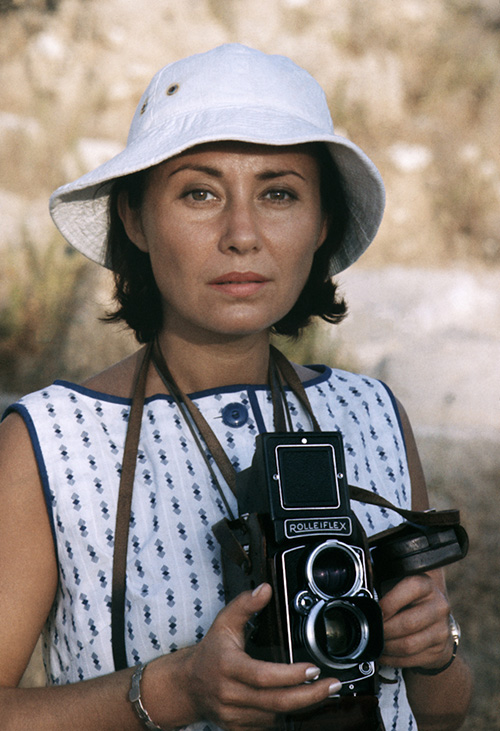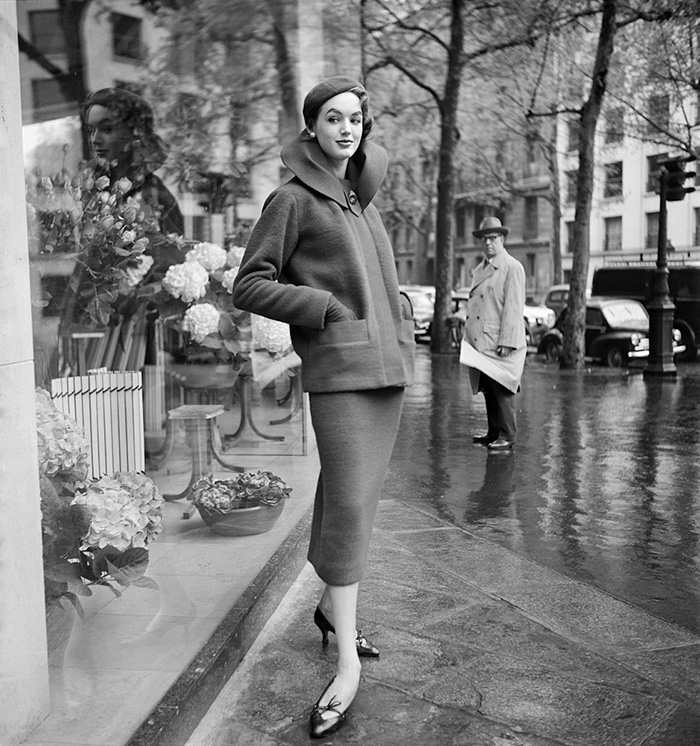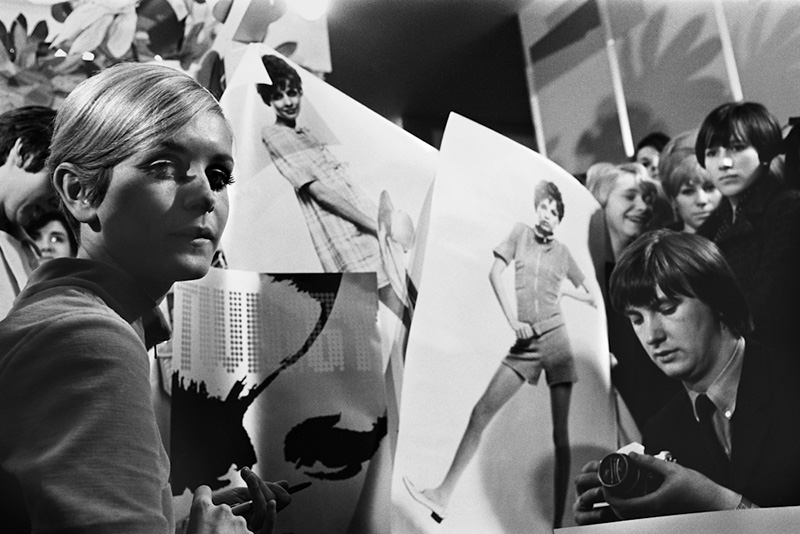
Marilyn Stafford in Lebanon 1960
Hundred Heroines’s Fanny Beckman revisits photographer Marilyn Stafford to discuss her decades spanning career
The first time I met legendary photographer Marilyn Stafford was in 2017. I was invited to her house after a brief email introduction following one of her inspiring talks.
Over several cups of tea, I heard fascinating stories about the media climate in the 1960s, about portrait sessions with Édith Piaf and how it was for women in photography at a time when the profession was dominated by men. Four years later I had the pleasure of speaking on the phone with this 96-year-old woman and was once again inspired by her life story.

Édith Piaf, Paris, c1950. © Marilyn Stafforde
Early work
Marilyn’s work was recently exhibited at Farleys House, home of legendary photographer Lee Miller and her husband Sir Roland Penrose. The first photo on show in the gallery was Marilyn’s portrait of Albert Einstein, which is from her very first commission in 1948. At that time Marilyn was new to New York, coming from Cleveland, Ohio, and had started to spend time with other young creatives in the city.
The day she took the photograph, Marilyn had joined a team of documentary film makers creating a film about Albert Einstein, in which he spoke very strongly against the use of atomic bombs. Just before going in to film, they turned to Marilyn, gave her a 35mm SLR camera and said: “You are the still photographer on this set”. The rest is history.
Although this was her first commission, she had always had an interest in photography. She got her first Box Brownie camera when she was 6 years old. As a young adult she was gifted a Rolleiflex by a friend and continued to develop her interest in documentary photography. Her photographs of Algerian refugees in Tunisia, during Algeria’s fight for independence from France in 1958, appeared on the cover of The Observer England.

Model in ready-to-wear and man in raincoat, Paris, c1950. © Marilyn Stafford

Girl with milk bottle, Cité Lesage-Bullourde, Paris, c1950 © Marilyn Stafford
Fashion photography
In the 1960s Marilyn started working within the fashion industry in London. With a big interest in documentary photography, Marilyn aspired to be a news photographer which proved to be difficult. Most women photographers worked within the domestic sphere. However, fashion became an option and Marilyn saw an opportunity to get her work into the newspapers and capture the latest trends.
She started a photography agency with French photographer and friend Michel Arnaud. They covered the major fashion shows in Paris, Rome, Milan, London, and New York, and sold photos to newspapers and magazines worldwide, including The Observer England. This provided Marilyn with enough money to support herself and her personal projects.

Twiggy with press London 1960 © Marilyn Stafford
Collaborations
Collaboration and belonging to a collective have always been of importance to Marilyn. Being a freelancer can be lonely and hard, but she always managed to find close connections that have shaped her work and personal life. “We don’t live in a vacuum” she says.
Two of her most influential friends were Indian writer Mulk Raj Anand, who she met by chance on a ferry to England, and the French photographer Henri Cartier Bresson, who later became her mentor. It was Mulk Raj Anand who introduced Marilyn to Cartier Bresson in Paris.
Having this supporting network was particularly important considering the hard climate for women photographers in the 1960s. Marilyn tells me that she was shoved around by the male photographers and that people elbowed themselves to the top –literally. She tells me that the fashion runways were often quite high above the ground which forced Marilyn to stand on a stool in order to capture the clothes. Several times men photographers pushed her down from the stool or elbowed her to get a better photograph.
Although the climate has changed, it is still tough for women to pursue a career as a photographer – especially if they are single mothers as Marilyn was, having separated from her husband. Raising her daughter alone in London was often difficult. Therefore, Marilyn launched a photography award in 2017, alongside Nina Emett, director of FotoDocument.
What’s Next?
The book Marilyn Stafford – A life in Photography was published on the 25th October 2021 by publisher Colin Wilkinson of Bluecoat Press. The book covers not only Marilyn’s life and work in pictures, but also includes several written pieces by some of the fascinating people she has met along the way.
An exhibition with the same name was displayed at Farleys House before touring to Brighton Museum and Art Gallery (22 February – 8 May 2022) and thereafter Dimbola (10th June – 16th October 2022) – the home of Victorian photographer Julia Margaret Cameron.
You can buy a copy of Marilyn Stafford – A life in Photography here.










